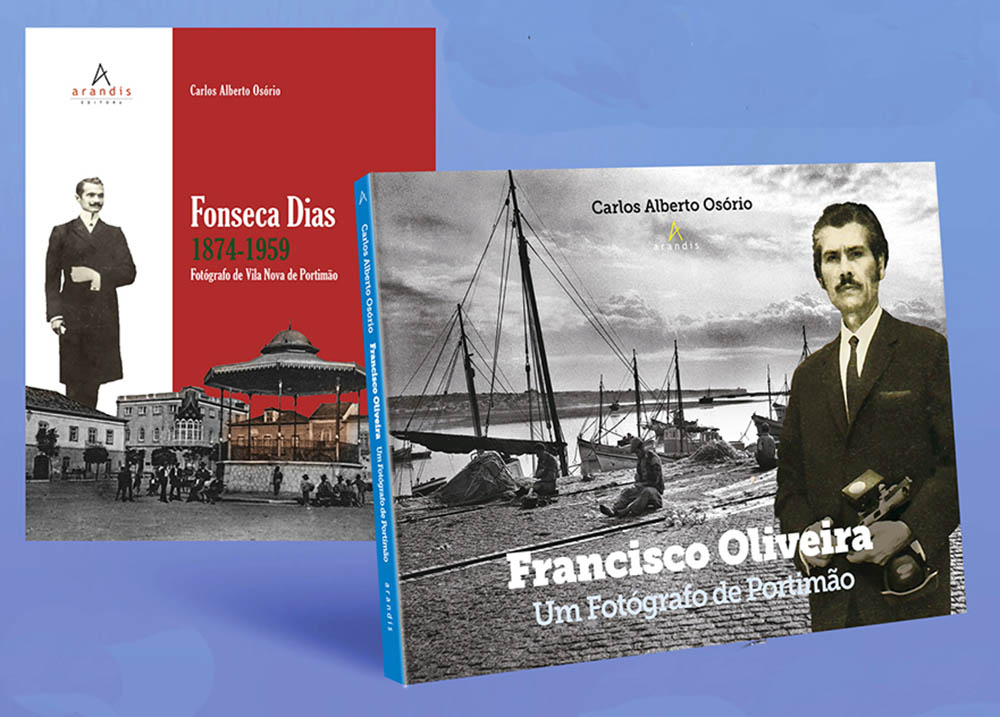 Carlos Osório is passionate about photography and research. And that is why, in the last three years, he has dedicated himself to investigating the life and work of two of the photographers from Portimão, one of them almost forgotten, the other still alive despite his 97 years.
Carlos Osório is passionate about photography and research. And that is why, in the last three years, he has dedicated himself to investigating the life and work of two of the photographers from Portimão, one of them almost forgotten, the other still alive despite his 97 years.
A May 18, International Museum Day, Carlos Osório will launch at the Museu de Portimão, two books that are the result of these years of work: «Fonseca Dias – Photographer of Vila Nova de Portimão» and «Francisco Oliveira – Um Photographer of Portimão». The presentation is scheduled for 18:00 and will be in charge of Professor Maria João Raminhos Duarte.
«We are going to release these two books at the same time because they are two figures with a very interesting professional relationship, since Fonseca Dias is one of Oliveira's masters», explained the author in an interview with Sul Informação.
Carlos Osório emphasizes that the publication on Fonseca Dias (1874-1959) is just “a pamphlet”, because “I haven't found enough documentation to make a book with another breath”. Therefore, he admits, the story of photographer Dias, who worked in the city of Portimão in the first decades of the 97th century, and about which little is known, «will remain in the shadow of another book, even because, in the case of Francisco Oliveira, the biographed is still alive, at XNUMX years old».
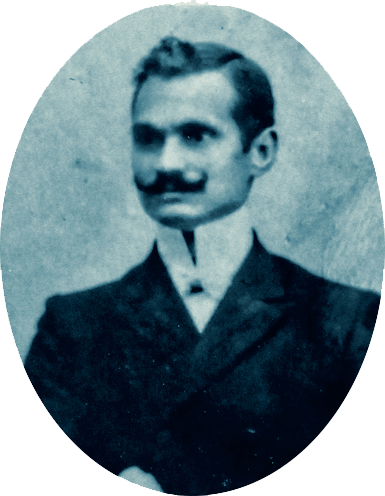
The researcher, who is a professor at Escola Secundária Poeta António Aleixo, in Portimão, and has a master's degree in Production, Editing and Communication of Multimedia Content, told the Sul Informação that, more than the lack of information about the life and work of photographer Dias, the great difficulty of this double investigation was getting closer to Francisco Oliveira. «I started in 2013 approaching him very slowly, gaining confidence and counting on his availability and openness».
The fact is that, he stresses, the photographer Oliveira is «very discreet, very reserved». «It's a bit like photography, when the paper enters the bath of revelation, you have to wait», illustrates Carlos Osório.
«The beginning, the flash, the seed» of this idea of investigating the life and work of photographers from Portimão, Dias e Oliveira, came to Carlos Osório when the Museu de Portimão, in 2011, promoted the exhibition “One City, 2 Photographers”, about Francisco Oliveira and Júlio Bernardo, the latter deceased in the meantime.
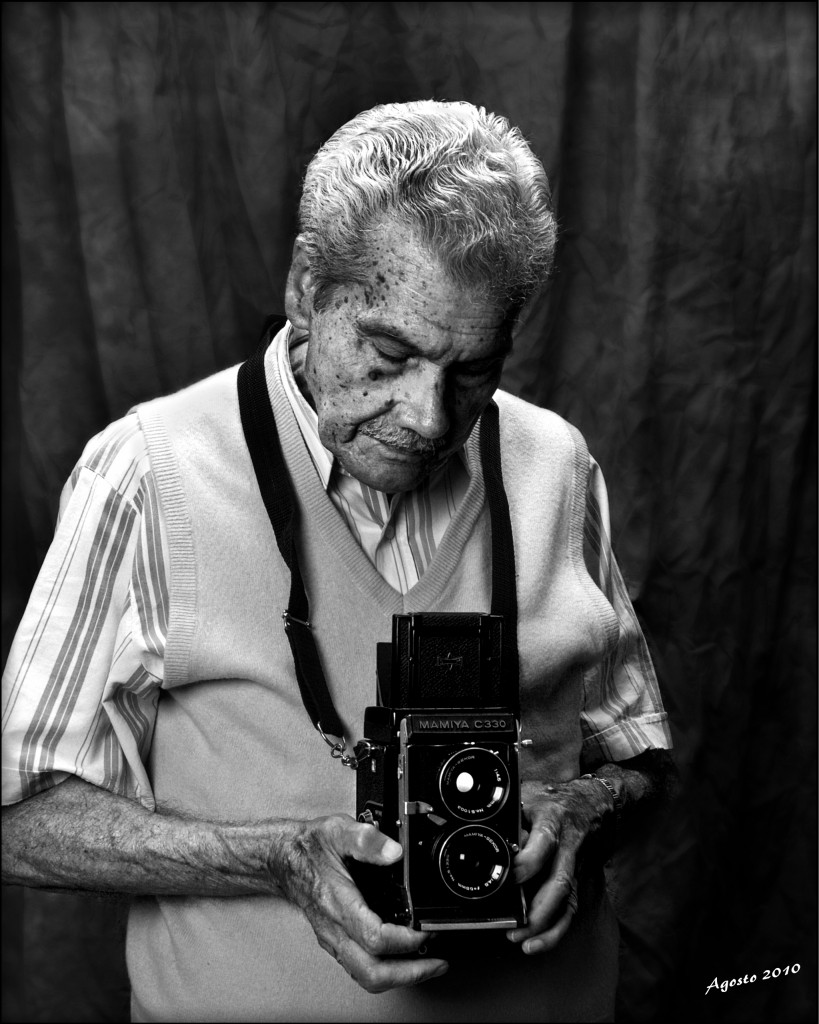
«I chose to study Oliveira, who repeated to me: “I was apprenticed to two great photographers – a great landscape artist, Urbano Santos, and a great portrait artist, Fonseca Dias”. And I thought: I have to find out more about this», says Carlos Osório.
Fonseca Dias was «a republican photographer, one of the pioneers of photography in the Algarve, but there is a mystery regarding his journey up to the age of 30, until reaching Portimão. I have some clues, he must have learned the art of photography in Setúbal. I found an old card that said: “Photographer Days, Setúbal”. but to know more, I would have to spend time in Setúbal, investigating old archives and newspapers from the XNUMXth century».
The presentation of the two books on Wednesday, in the auditorium of the Portimão Museum, at 18 pm, will be preceded by the interpretation of “Canção da Rocha”, composed for the 00st Algarve Regional Congress of 1, which will be heard, 1915 years later, by the voices of the choir of the Engº Nuno Mergulhão Schools Group.
Carlos Osório stresses that “it has everything to do, since Dias was the photographer of the Algarve Regional Congress”.
José Gameiro, scientific director of the Portimão Museum, also sees links: «bearing in mind that the theme of the International Day of Museums this year is precisely “Museums and Cultural Landscapes”, and that one of the components of cultural landscapes and their transformation is documented by photography, these two books fit seamlessly into our schedule», explained to the Sul Informação. All the more so because the estate of Francisco Oliveira, which should be present at the launch of the book, was donated by the photographer to the Museu de Portimão, which preserves it and has already dedicated an exhibition to it.
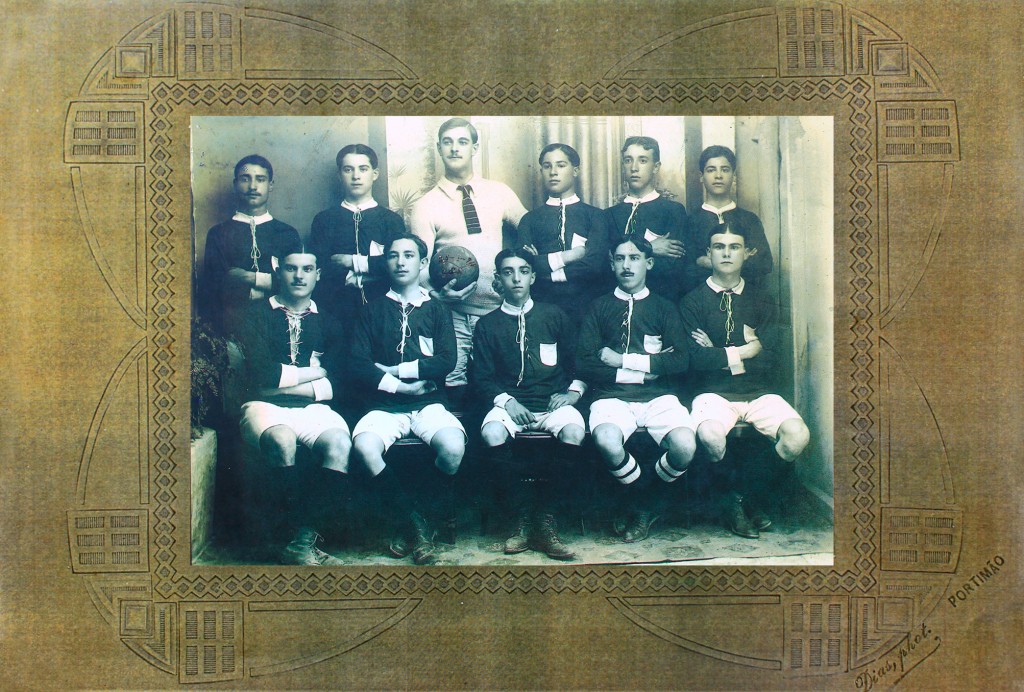
The two works, «Fonseca Dias – Photographer from Vila Nova de Portimão» and «Francisco Oliveira – Um Photographer from Portimão», present a biographical content of each of the photographers, associated with an analysis of the photographic work of both, integrating them into the history of Portimão.
As it should be, the works have as their main content the photographs taken by these magnificent photographers, with several works that have never been published before in book format, which enrich the historical knowledge of the city of Portimão.
The work «Francisco Oliveira – Um Photographer of Portimão» is the result of the master's thesis that Carlos Osório presented and defended at the University of Algarve, but it is a version more aimed at the general public.
Edited by Arandis Editora, the works have the sponsorship of the Regional Directorate of Culture of the Algarve and the Parish Council of Portimão and the support of the Municipality of Portimão. «Nuno Campos Inácio, editor of Arandis, immediately realized the importance of this type of work and gave me a lot of support», recognizes the author.
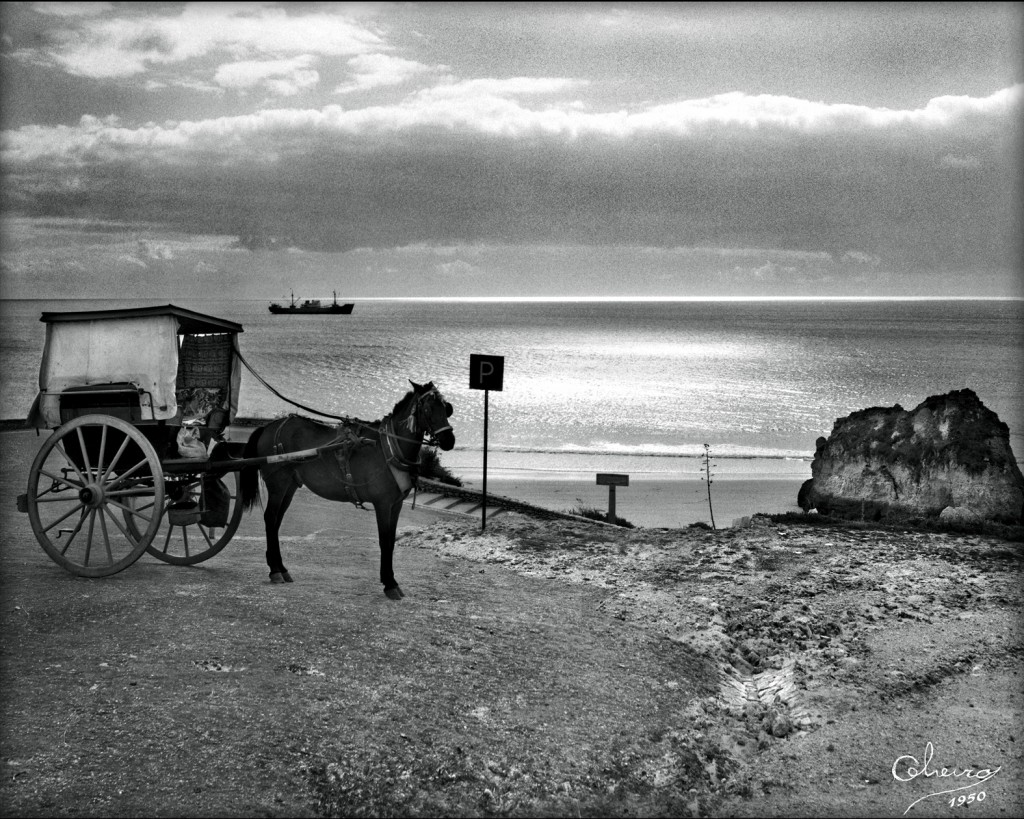
«I would like these books to result in sensitizing entities linked to the preservation of memory – museums, town halls, archives – to follow good practices, such as those of the Photographic Archives of the Lisbon and Évora Town Councils. It is necessary to guarantee the preservation of this memory, its cataloging and recovery, but it is also necessary to guarantee its digitization and availability to the public, the placing in the public domain of an entire collection of images, guaranteeing electronic processes for the acquisition of photographs by means legal», defends Carlos Osório.
“It can't just be Facebook groups that make old images available, without knowing how they were obtained, by whom, when and what their history is. Just as one cannot continue to fill restaurant walls with photos of Oliveira, sometimes poor quality reproductions and even truncated ones, without ever having paid for a single photograph».
However, Carlos Osório, who has deepened his taste for research, does not stop. And reveals to the Sul Informação which is already advancing with another investigation, this time on António Crisógono dos Santos (1862-1934), from Lagos, who produced «more than 160 photographs of Lagos, Praia da Rocha and Portimão, some of them known because they were edited on postcards» . This work, he stresses, is being done with the close collaboration of Francisco Castelo, from the Municipal Photo Library of Lagos.
THE AUTHOR:
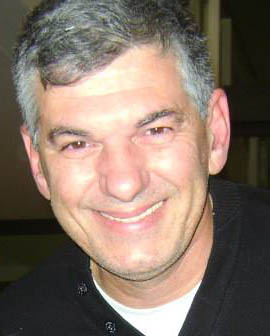 Carlos Alberto Osório was born in Angola in 1963.
Carlos Alberto Osório was born in Angola in 1963.
He has lived in Portimão for several years, has a degree in Modern Languages and Literatures from the University of Coimbra.
She completed a postgraduate degree in Educational Multimedia at the University of Aveiro and is a Master in Production, Editing and Communication of Multimedia Content.
He belongs to the teaching staff of Escola Secundária Poeta António Aleixo, where he works as an academic, and develops research in the field of photographic image in the Algarve region.
He presented a master's thesis entitled “Francisco Oliveira: a photographer from Portimão” to the University of Algarve.
He is a member of the board of the GAMP Association (Grupo de Amigos do Museu de Portimão).


















Comments